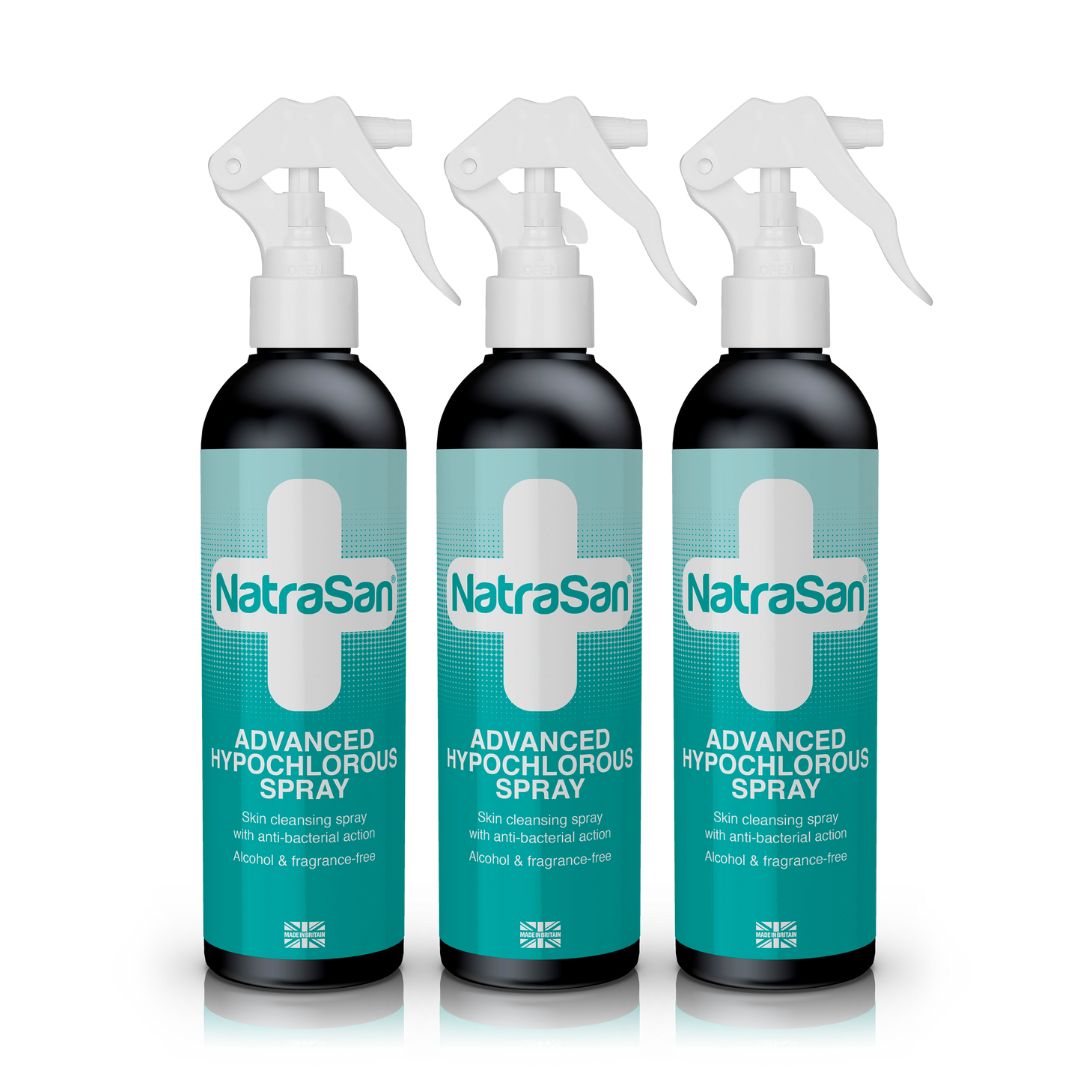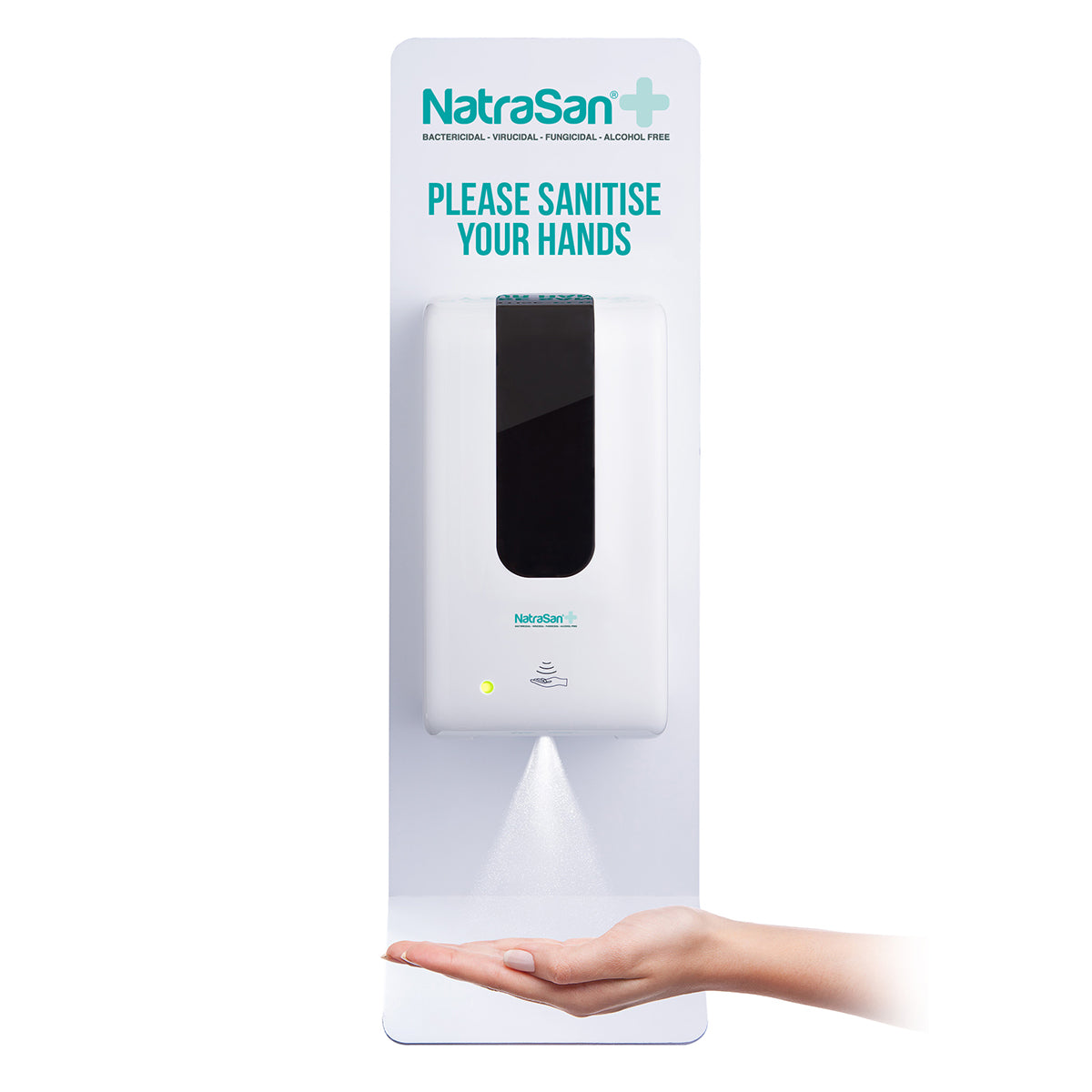
Share
Most of us will be familiar with the signs of mould in our homes – those unsightly black patches that crawl up your bathroom tiles, across your shower curtain and around your door frames.
And it’s not simply the way mould looks that’s unpleasant. Left unchecked, mould can be harmful to health too.

Health concerns
Mould spores can inflame the airways, causing nasal congestion, wheezing, chest tightness, coughing and throat irritation. Experts say prolonged exposure to high levels of indoor dampness can reduce lung function and cause chronic health problems such as asthma. Those who already suffer from asthma and allergies are more likely to experience worse symptoms when exposed to mould.
According to the World Health Organization (WHO), a considerable proportion of the world’s 300 million cases of childhood asthma can be attributed to indoor mould and dampness. WHO estimates that in cold climates such as ours, 15% of homes have signs of dampness and 5% have mould problems.

How mould develops
There are thousands of different moulds from the blue-grey strain that forms on food to the orange variety typically found on walls. Black mould is the most common mould seen in homes and also the most toxic.
Mould accumulates on surfaces that get wet, such as bathroom tiles, areas around dripping taps, shower curtains, kitchen surfaces, fridge seals and shower curtains.
We’re far more likely to keep windows and doors firmly closed to keep the cold weather out in the wintertime, and that’s when mould starts to develop.

Keeping mould at bay
Make sure you ventilate your home well, even in cold or damp conditions. Open a window after having a bath or shower. If you have an extractor fan in the bathroom, turn it on before bathing and leave it running for at least half an hour afterwards. Dry off shower curtains after use to prevent mould building up.
Once mould has crept in, it can be difficult to remove. Be wary of certain cleaning products as some contain VOCs (volatile organic compounds), which have been linked to asthma and other breathing problems. Check the label before use. Avoid bleach too. One study linked bleach use with a 32% higher risk of developing the lung disease COPD (Chronic Obstructive Pulmonary Disease).
Switch to products containing natural ingredients. NatraSan’s Antiseptic Spray contains hypochlorous acid and is antibacterial, antifungal and antiviral. It kills 99.9999% of germs and is far more effective than bleach. Non-toxic and non-irritating, NatraSan will help you keep your home mould-free. Spritz all surfaces prone to mould regularly or use as a cleaning solution.
Award-winning NatraSan
NatraSan is an award-winning, highly effective disinfectant that’s kind to the skin and the environment. The active ingredient - Hypochlorous acid - is a chemical that’s produced naturally in human and animal immune systems and kills pathogens in seconds.


